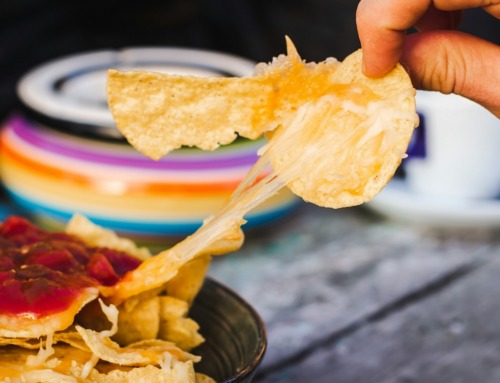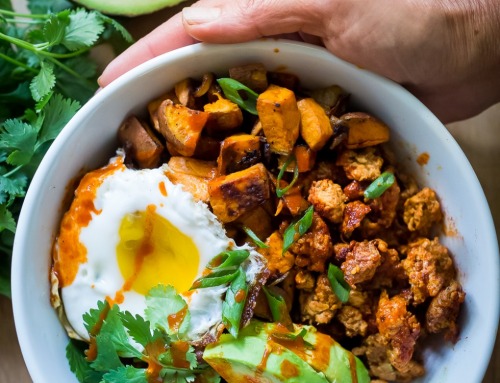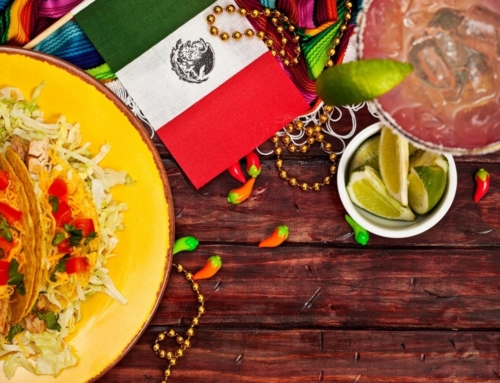Mexican food has a long and rich history that has been influenced over the years by many different cultures. Much of traditional Mexican cuisine is influenced by the ancient Maya civilization and the native ingredients that were found and cultivated in Mesoamerica thousands of years ago. Here at Chapala Mexican Restaurant, we are proud of our heritage and promote traditional Mexican food, as well as contemporary forms of Mexican cuisine.
Background of Maya Food and Agriculture
The Maya are an indigenous people of Mexico and Central America who settled in the area around 1800 B.C.E. The Maya Empire was located in the tropical lowlands of what is now Guatemala. It reached its peak around 5 C.E.
The earliest Maya were agricultural with 90 percent of the population involved in farming. They grew crops such as maize (corn), beans, squash and chili peppers. Fruit including guavas, papayas, avocados, and sugar-apples grew in abundance in the rainforest. The Maya also fished and hunted animals such as deer, peccary, turkeys, quails, ducks, spider monkeys, howler monkeys, tapirs, and armadillos. Meat and fish were cooked into stews alongside vegetables and peppers. Despite the fact that sustainable food production was a top priority for the Maya, it is believed that their ever-increasing population forced over-exploitation of resources and ultimately lead to the collapse of their civilization.
Maize
From the beginning, maize has made up the backbone of Mesoamerican cuisine. Maize was so essential to Maya civilization that they even had their own maize god. For breakfast, maize was boiled in water and lime, mixed with chili peppers, and eaten as gruel. It was also made into a dough for baking into tortillas, flat cakes, and tamales. To this day, Mexico is one of the top maize-growing countries in the world.
Chili Peppers
Chili peppers were prevalent in the ancient Maya civilization and used to flavor foods and to help cure illnesses. Chilis originated in Mesoamerica and their domestication can be traced to 5,000 B.C.E. in the Tehuacán valley of Mexico. Today, chili peppers are eaten by a quarter of the world’s population. The worldwide spread of chili peppers began when European explorers stumbled upon the New World and began trading peppers back east.
Honey
Long before European bees were introduced, Mesoamerican societies, such as the Maya, practiced beekeeping. The Maya’s bee of choice was a native, stingless honey bee which was called “royal lady” in Mayan. The Maya would mix honey with cacao, water, chili peppers and other ingredients to make a frothy drink for dessert.
Stop by Chapala’s for some traditional or not-so-traditional Mexican food! Our extensive menu has options for everyone.





